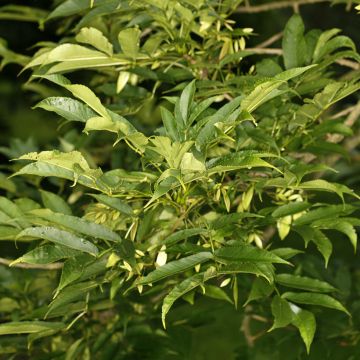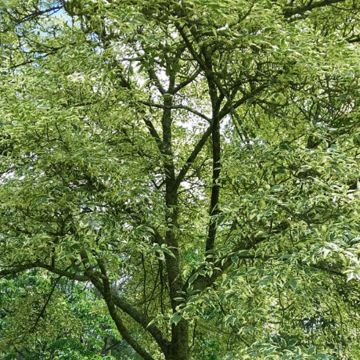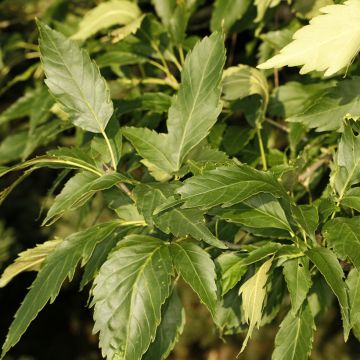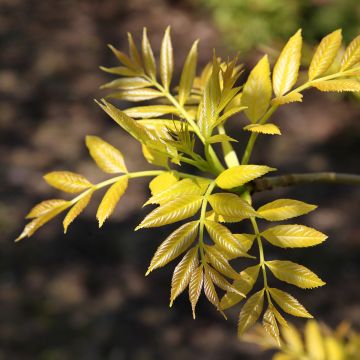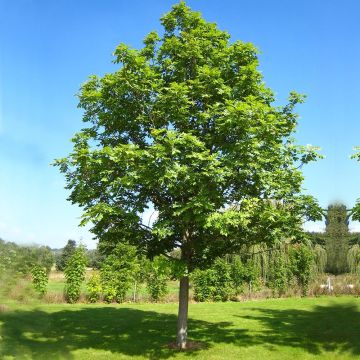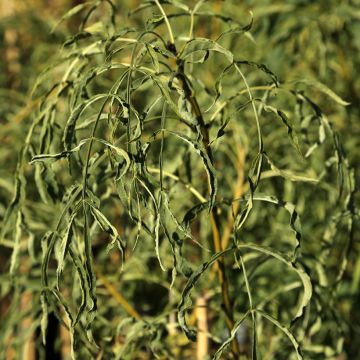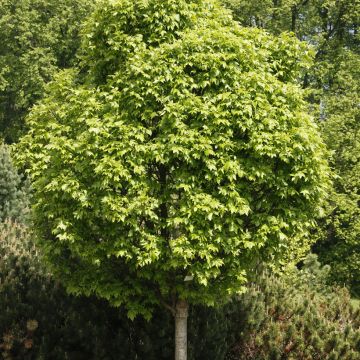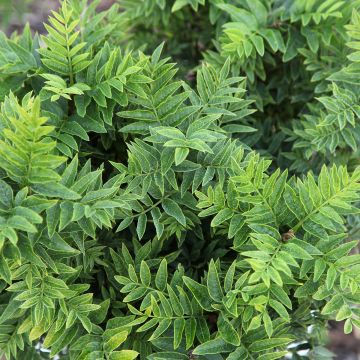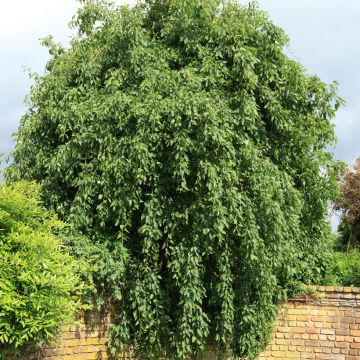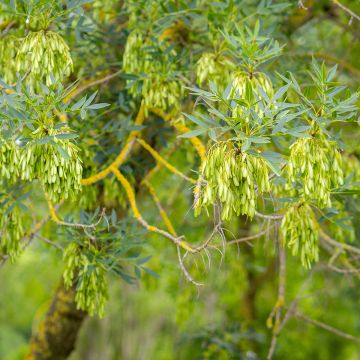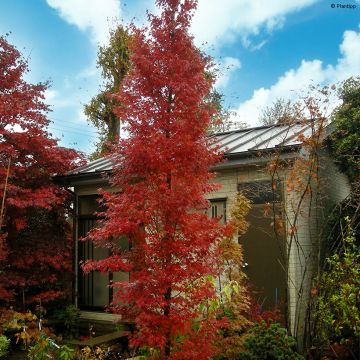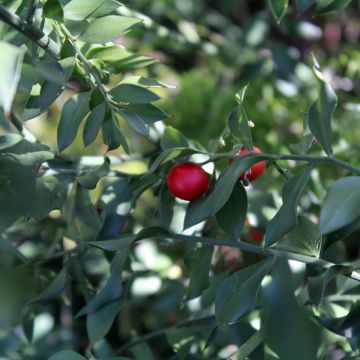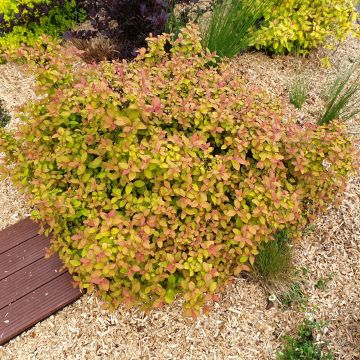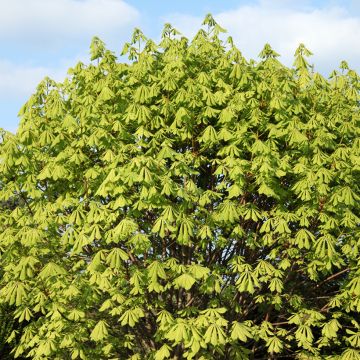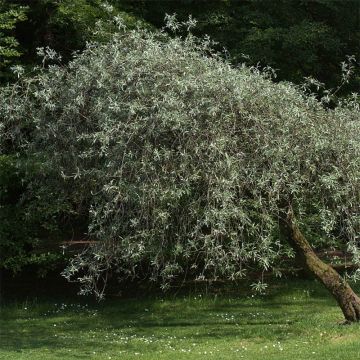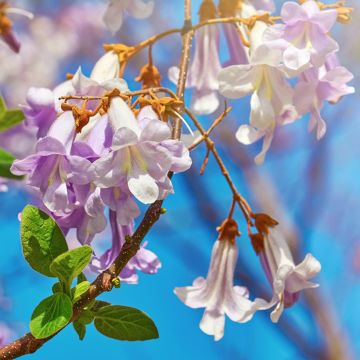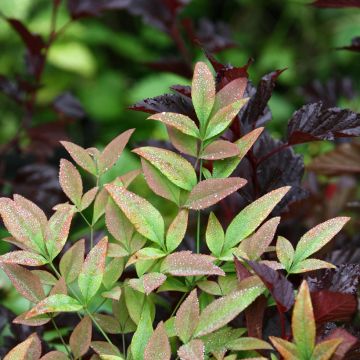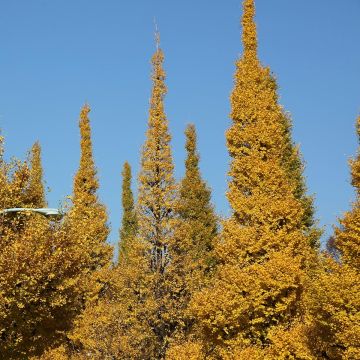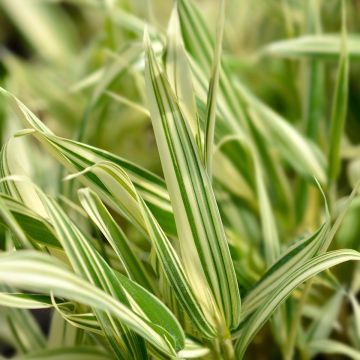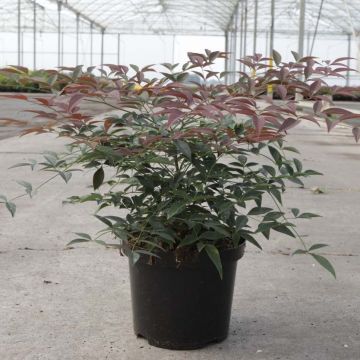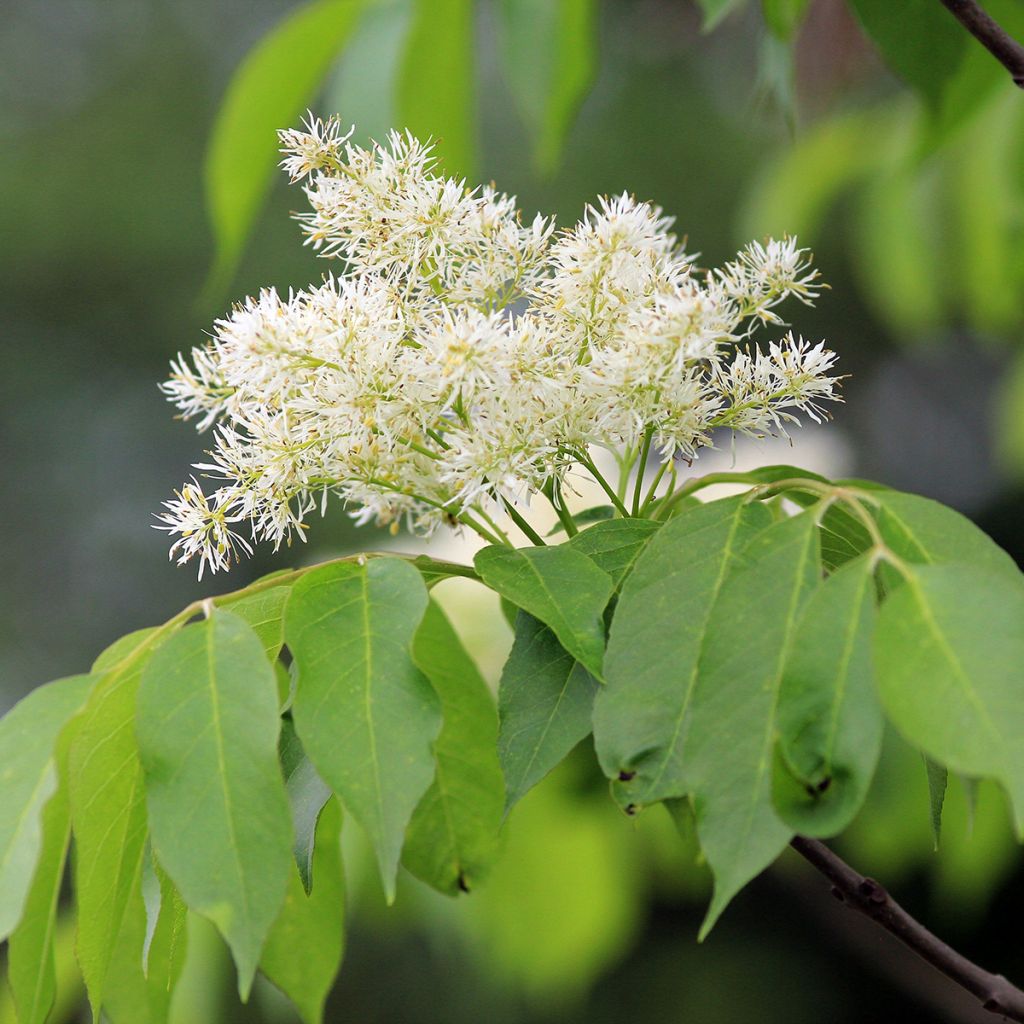

Fraxinus ornus - Frêne à fleurs, Orne
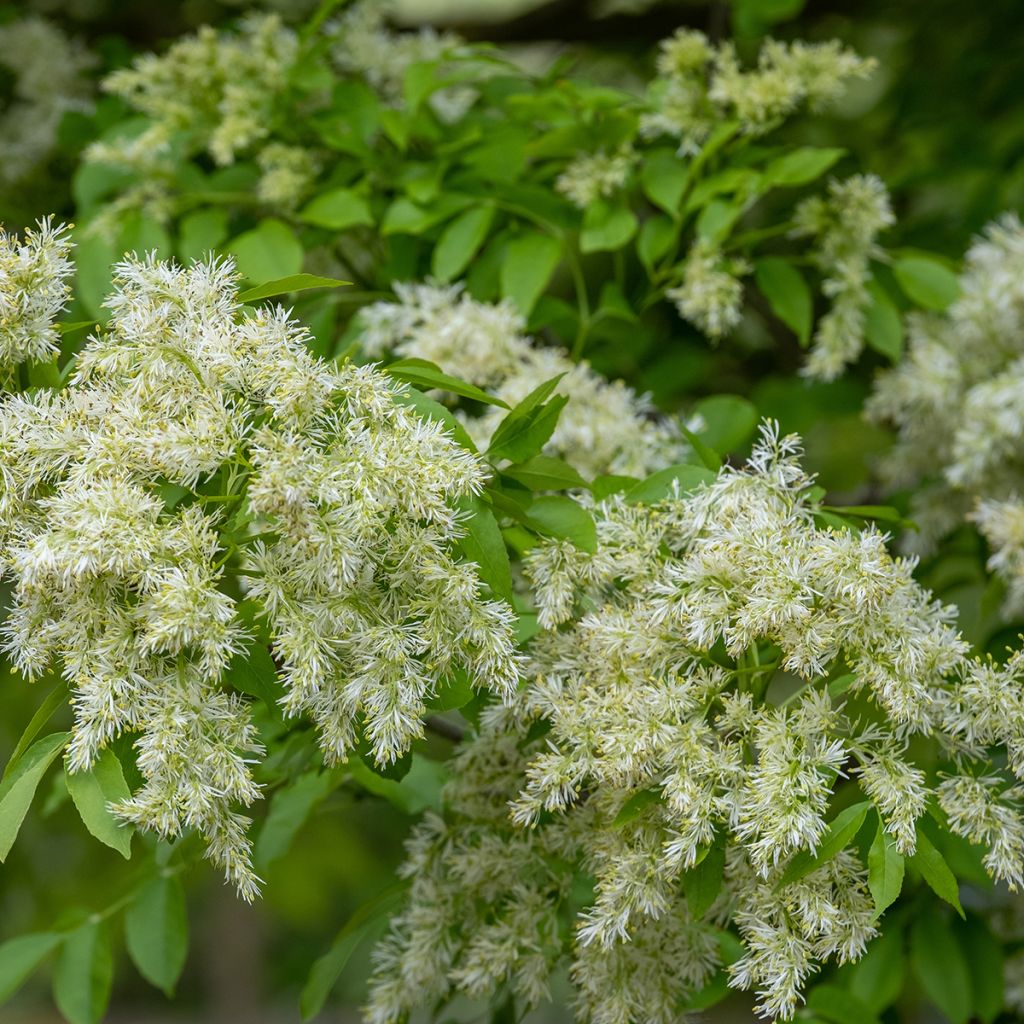

Fraxinus ornus - Frêne à fleurs, Orne
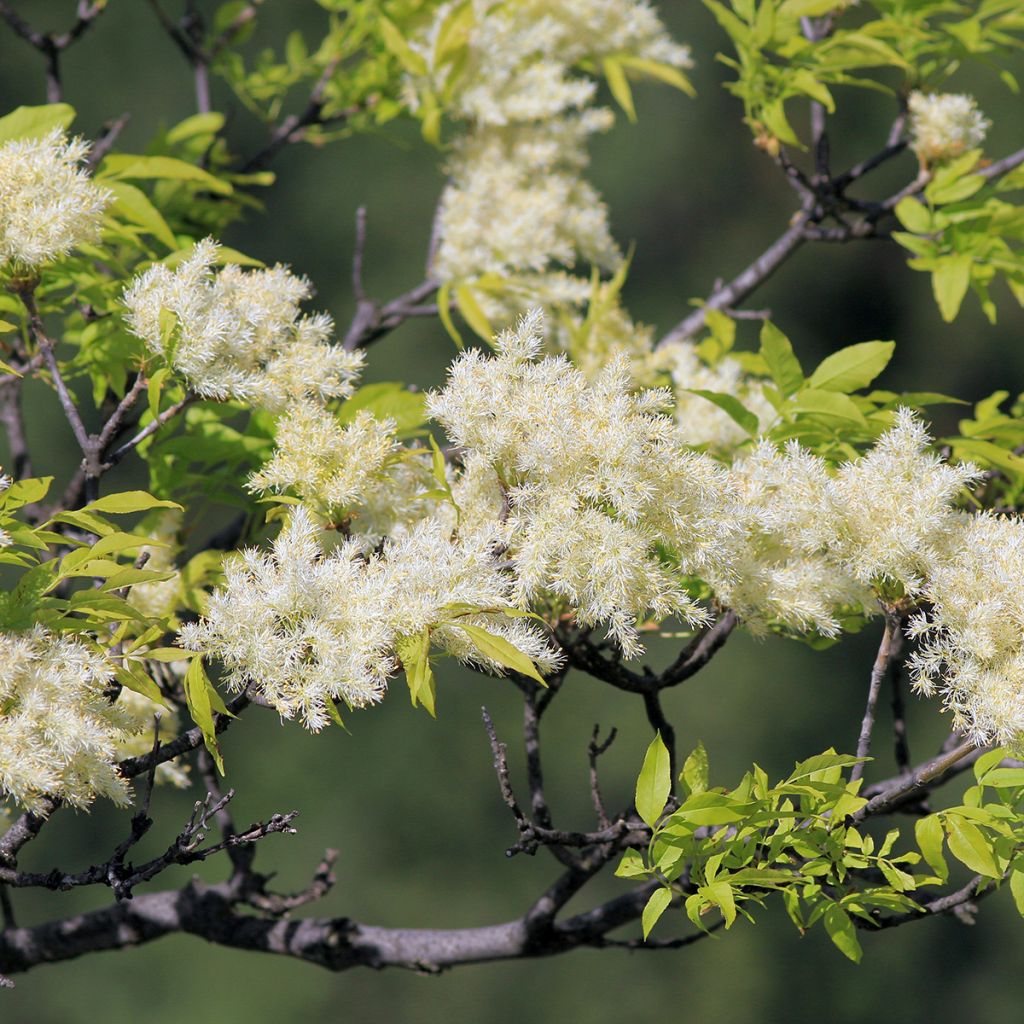

Fraxinus ornus - Frêne à fleurs, Orne
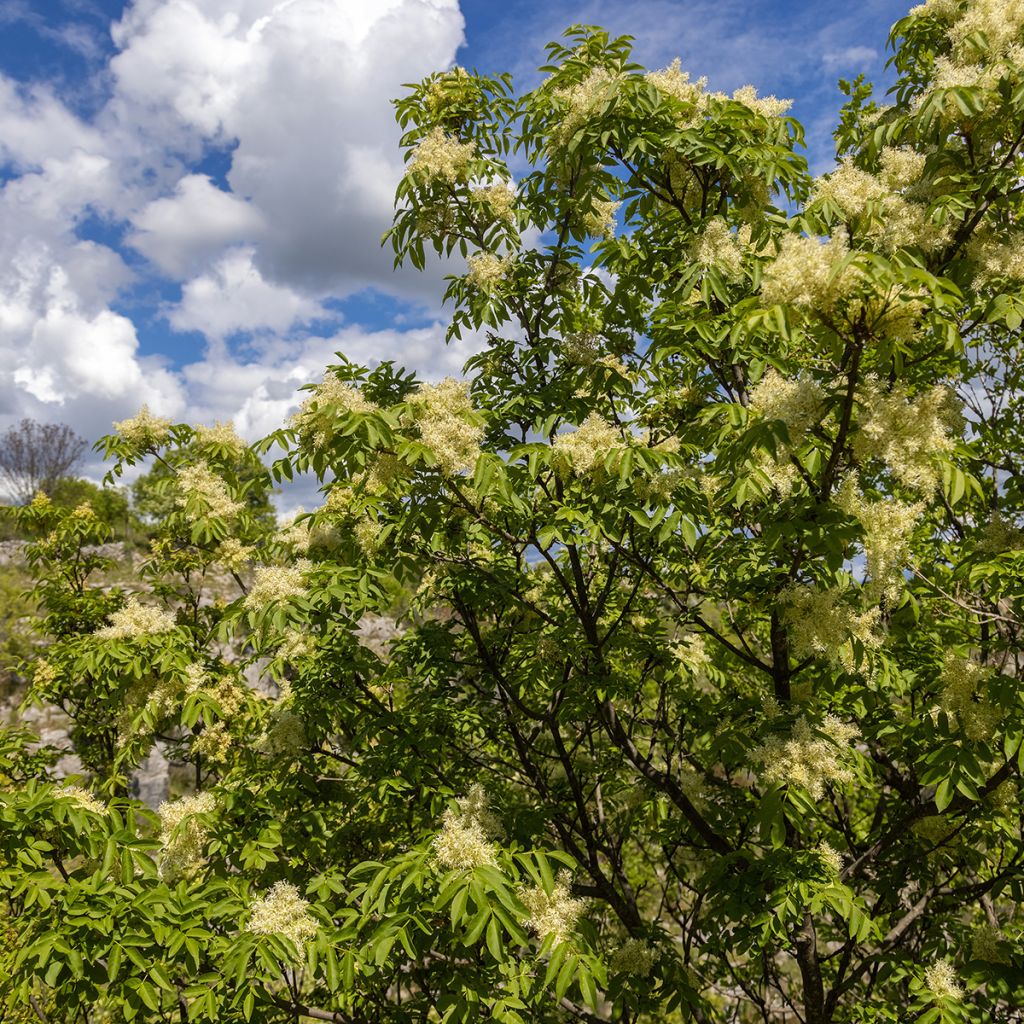

Fraxinus ornus - Frêne à fleurs, Orne
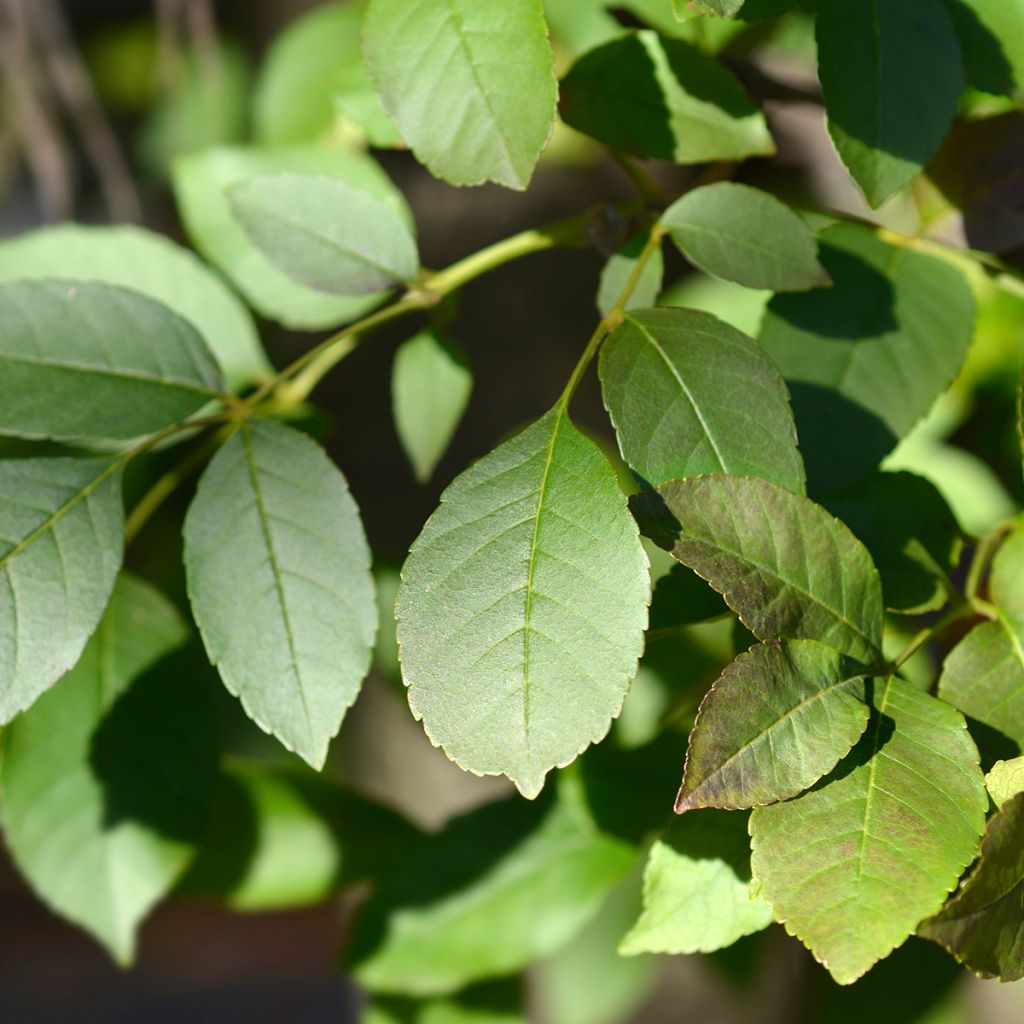

Fraxinus ornus - Frêne à fleurs, Orne
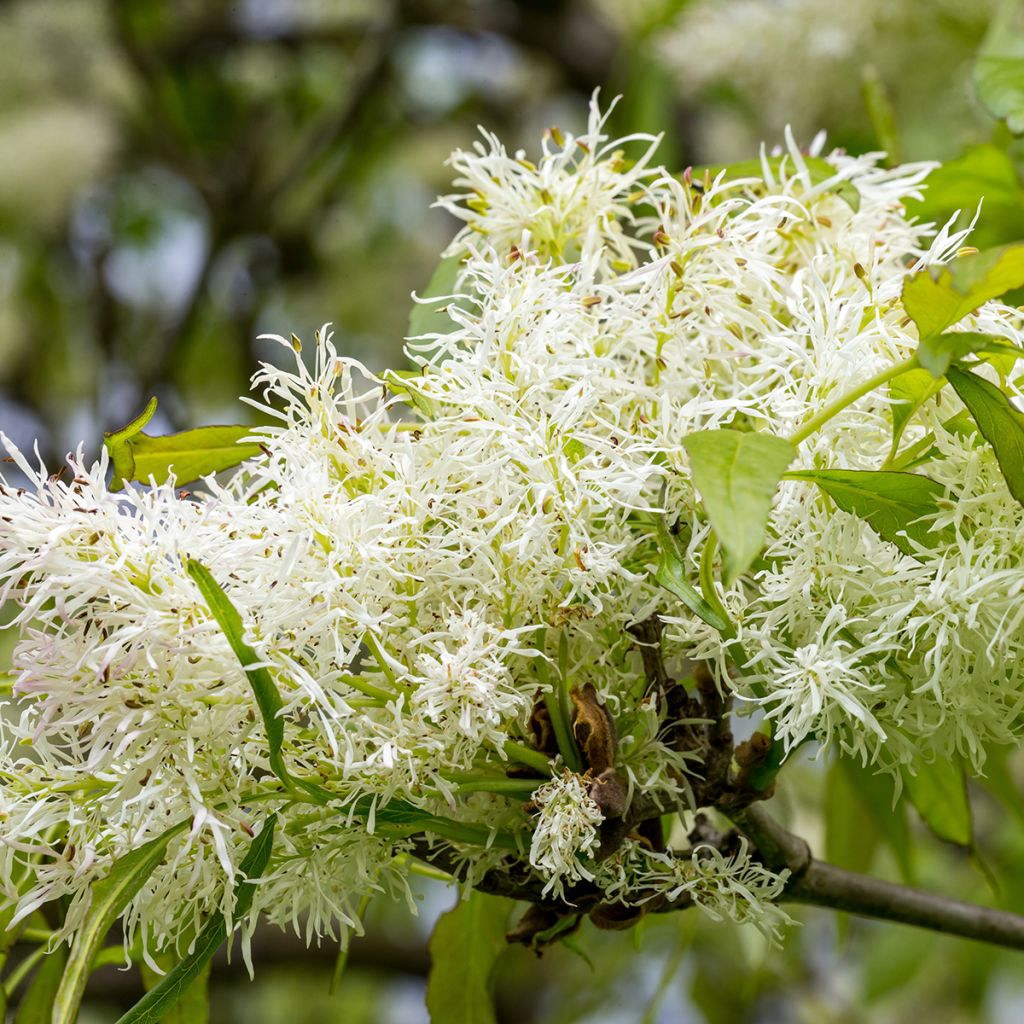

Fraxinus ornus - Frêne à fleurs, Orne
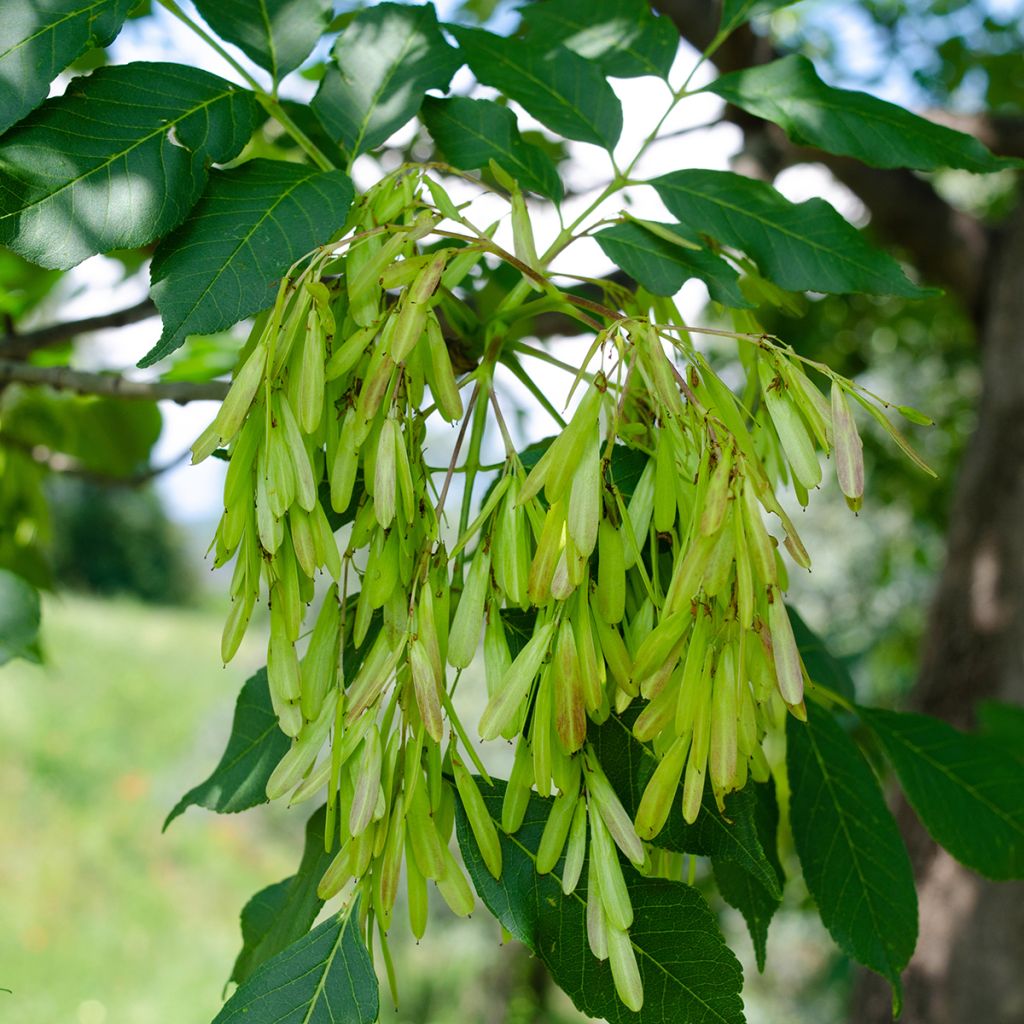

Fraxinus ornus - Frêne à fleurs, Orne
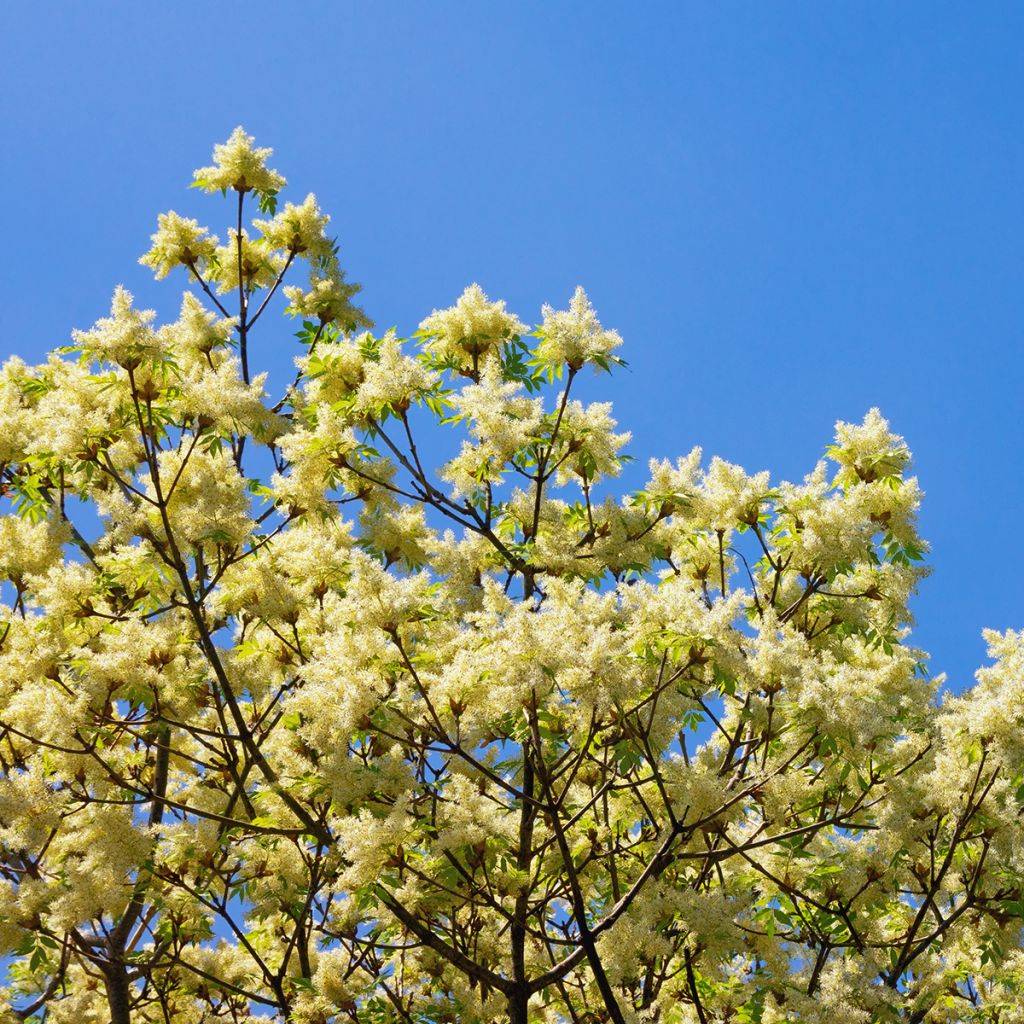

Fraxinus ornus - Frêne à fleurs, Orne
Fraxinus ornus - Manna Ash
Fraxinus ornus
Manna Ash, Flowering Ash, South European Flowering Ash
This plant carries a 24 months recovery warranty
More information
We guarantee the quality of our plants for a full growing cycle, and will replace at our expense any plant that fails to recover under normal climatic and planting conditions.
Oversize package: home delivery by special carrier from €6.90 per order..
Express home delivery from €8.90.
Does this plant fit my garden?
Set up your Plantfit profile →
Description
The Fraxinus ornus, also known as Flowering Ash, Manne Ash, Ornus, or Manna Ash, is a botanical species that grows naturally in southern Europe and in the arid hills of our southeast. It is a deciduous small tree with late leafing, whose ample crown disappears in spring under a mass of cream-white, fragrant, and honey-producing flowers. The foliage, pinnate and dark green, turns yellow before falling in autumn. All these qualities, combined with excellent cold resistance, make it an excellent candidate for an informal hedge, especially in hot and dry regions.
The Flowering Ash is a tree of the Oleaceae family, just like the olive tree and the lilac. It is native to southern Europe and western Asia. The habit of this ash is generally rounded. It develops one or several trunks covered with a gray and smooth bark, topped with an oval to globular, fairly open crown. Its growth is fast. At maturity, it reaches an average height of 7 m (23 ft) with a spread of 3.50 m (11 ft) to 4 m (13 ft), depending on the growing conditions. The deciduous foliage consists of leaves measuring 20 to 30 cm (8 to 12 in) long, composed of 5 to 9 leaflets, each measuring 5 to 10 cm (2 to 4 in) long by 2 to 4 cm (0.8 to 1.6 in) wide. These leaflets, quite dark green and slightly glossy, have a finely dentate and undulate edge. The large buds of the Flowering Ash are dark and ashy in color. Flowering occurs in May, at the same time as the leaves appear, in the form of upright, well-filled, very dense panicles, measuring 10 to 20 cm (4 to 8 in) long. Each flower, which does not exceed 5-6 mm (0.2 in) in length, has 4 cream-white petals. After pollination, seeds called samaras measuring 2 to 4.5 cm (0.8 to 1.8 in) long are formed. The name "Manna Ash" comes from the fact that the sweet and syrupy sap of this tree can be harvested after incising the bark. Called "apothecaries' manna," it is still used today in herbal medicine for its purgative and diuretic properties.
Perfectly hardy and unpretentious, the Flowering Ash can tolerate any ordinary soil, including dry and limestone soils. In its natural form, its elegant habit and beautiful spring flowering give it true ornamental qualities. This small tree will find its place in a grove, in a large shrub hedge, or as a standalone tree in a medium to large garden. Since it tolerates pruning perfectly, regrowing from its stump, it is entirely possible to limit its development in a hedge. It will blend well with honey tree, strawberry trees, sea buckthorns, and Bohemian olive trees, or even with cornelian cherry, large shrubs or small trees that are useful for biodiversity and are equally undemanding.
Report an error about the product description
Fraxinus ornus - Manna Ash in pictures
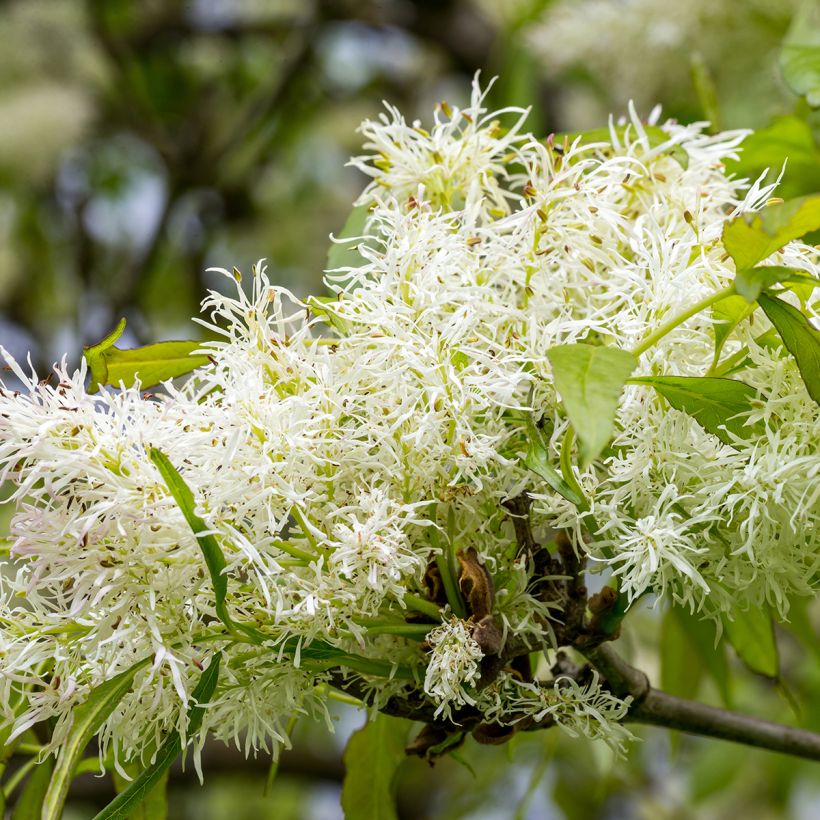

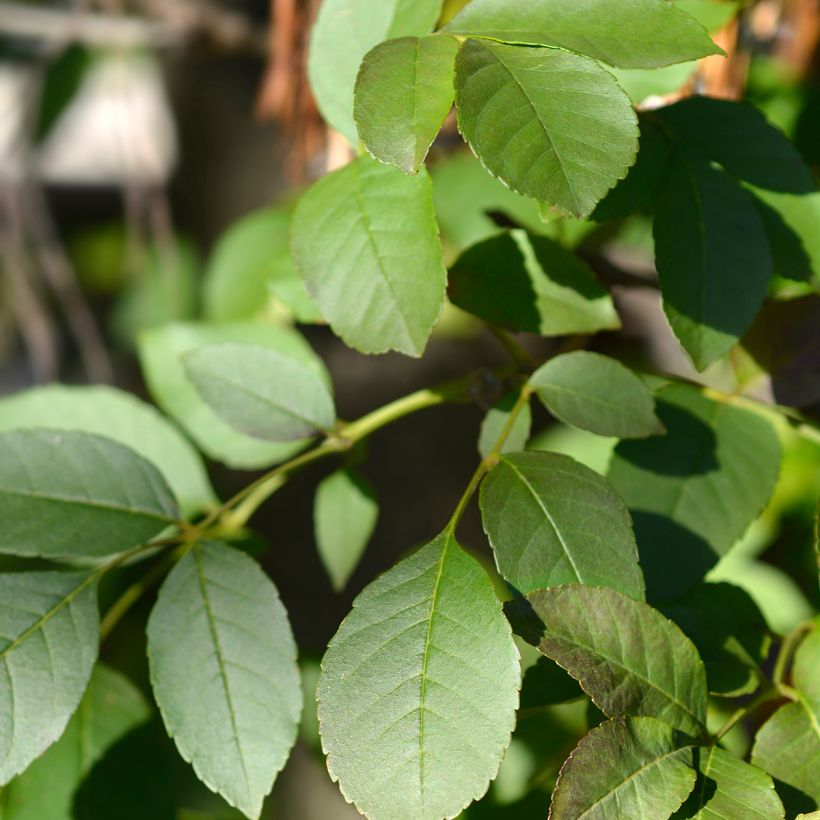

Plant habit
Flowering
Foliage
Safety measures
Botanical data
Fraxinus
ornus
Oleaceae
Manna Ash, Flowering Ash, South European Flowering Ash
Mediterranean
atteinterespiratoire
Cette plante peut entraîner des symptômes allergiques.
Evitez de la planter si vous ou vos proches souffrez de rhinite saisonnière ("rhume des foins").
Davantage d'informations sur https://plantes-risque.info
Other Fraxinus - Ash tree
Planting and care
Plant your Fraxinus ornus in autumn or spring, choose a clear, sunny location, and keep in mind the space it will take up in the long run. If necessary, create a drainage pit with pebbles if your soil is heavy. If your soil is very poor, adding leaf compost will be beneficial. Maintain regular watering during the summer following planting and make sure to protect it from prolonged droughts for another year, mulching can help keep the base cool and reduce watering frequency. Once well-rooted, this ash tree is perfectly resistant to summer drought. It is resistant to frost and wind, tolerates sea spray, and adapts well to limestone soils. Pruning is well tolerated. You can balance the tree's habit by thinning out the center of the canopy or carry out severe pruning in winter.
This is one of the most resistant species of ash tree to ash dieback disease (Chalara fraxinea).
Planting period
Intended location
Care
-
, onOrder confirmed
Reply from on Promesse de fleurs
Striking foliage shrubs
Haven't found what you were looking for?
Hardiness is the lowest winter temperature a plant can endure without suffering serious damage or even dying. However, hardiness is affected by location (a sheltered area, such as a patio), protection (winter cover) and soil type (hardiness is improved by well-drained soil).

Photo Sharing Terms & Conditions
In order to encourage gardeners to interact and share their experiences, Promesse de fleurs offers various media enabling content to be uploaded onto its Site - in particular via the ‘Photo sharing’ module.
The User agrees to refrain from:
- Posting any content that is illegal, prejudicial, insulting, racist, inciteful to hatred, revisionist, contrary to public decency, that infringes on privacy or on the privacy rights of third parties, in particular the publicity rights of persons and goods, intellectual property rights, or the right to privacy.
- Submitting content on behalf of a third party;
- Impersonate the identity of a third party and/or publish any personal information about a third party;
In general, the User undertakes to refrain from any unethical behaviour.
All Content (in particular text, comments, files, images, photos, videos, creative works, etc.), which may be subject to property or intellectual property rights, image or other private rights, shall remain the property of the User, subject to the limited rights granted by the terms of the licence granted by Promesse de fleurs as stated below. Users are at liberty to publish or not to publish such Content on the Site, notably via the ‘Photo Sharing’ facility, and accept that this Content shall be made public and freely accessible, notably on the Internet.
Users further acknowledge, undertake to have ,and guarantee that they hold all necessary rights and permissions to publish such material on the Site, in particular with regard to the legislation in force pertaining to any privacy, property, intellectual property, image, or contractual rights, or rights of any other nature. By publishing such Content on the Site, Users acknowledge accepting full liability as publishers of the Content within the meaning of the law, and grant Promesse de fleurs, free of charge, an inclusive, worldwide licence for the said Content for the entire duration of its publication, including all reproduction, representation, up/downloading, displaying, performing, transmission, and storage rights.
Users also grant permission for their name to be linked to the Content and accept that this link may not always be made available.
By engaging in posting material, Users consent to their Content becoming automatically accessible on the Internet, in particular on other sites and/or blogs and/or web pages of the Promesse de fleurs site, including in particular social pages and the Promesse de fleurs catalogue.
Users may secure the removal of entrusted content free of charge by issuing a simple request via our contact form.
The flowering period indicated on our website applies to countries and regions located in USDA zone 8 (France, the United Kingdom, Ireland, the Netherlands, etc.)
It will vary according to where you live:
- In zones 9 to 10 (Italy, Spain, Greece, etc.), flowering will occur about 2 to 4 weeks earlier.
- In zones 6 to 7 (Germany, Poland, Slovenia, and lower mountainous regions), flowering will be delayed by 2 to 3 weeks.
- In zone 5 (Central Europe, Scandinavia), blooming will be delayed by 3 to 5 weeks.
In temperate climates, pruning of spring-flowering shrubs (forsythia, spireas, etc.) should be done just after flowering.
Pruning of summer-flowering shrubs (Indian Lilac, Perovskia, etc.) can be done in winter or spring.
In cold regions as well as with frost-sensitive plants, avoid pruning too early when severe frosts may still occur.
The planting period indicated on our website applies to countries and regions located in USDA zone 8 (France, United Kingdom, Ireland, Netherlands).
It will vary according to where you live:
- In Mediterranean zones (Marseille, Madrid, Milan, etc.), autumn and winter are the best planting periods.
- In continental zones (Strasbourg, Munich, Vienna, etc.), delay planting by 2 to 3 weeks in spring and bring it forward by 2 to 4 weeks in autumn.
- In mountainous regions (the Alps, Pyrenees, Carpathians, etc.), it is best to plant in late spring (May-June) or late summer (August-September).
The harvesting period indicated on our website applies to countries and regions in USDA zone 8 (France, England, Ireland, the Netherlands).
In colder areas (Scandinavia, Poland, Austria...) fruit and vegetable harvests are likely to be delayed by 3-4 weeks.
In warmer areas (Italy, Spain, Greece, etc.), harvesting will probably take place earlier, depending on weather conditions.
The sowing periods indicated on our website apply to countries and regions within USDA Zone 8 (France, UK, Ireland, Netherlands).
In colder areas (Scandinavia, Poland, Austria...), delay any outdoor sowing by 3-4 weeks, or sow under glass.
In warmer climes (Italy, Spain, Greece, etc.), bring outdoor sowing forward by a few weeks.

































